OM System OM-1 vs Fujifilm X-T4: which mirrorless camera should you buy?
How do the OM-1 and X-T4 compare?
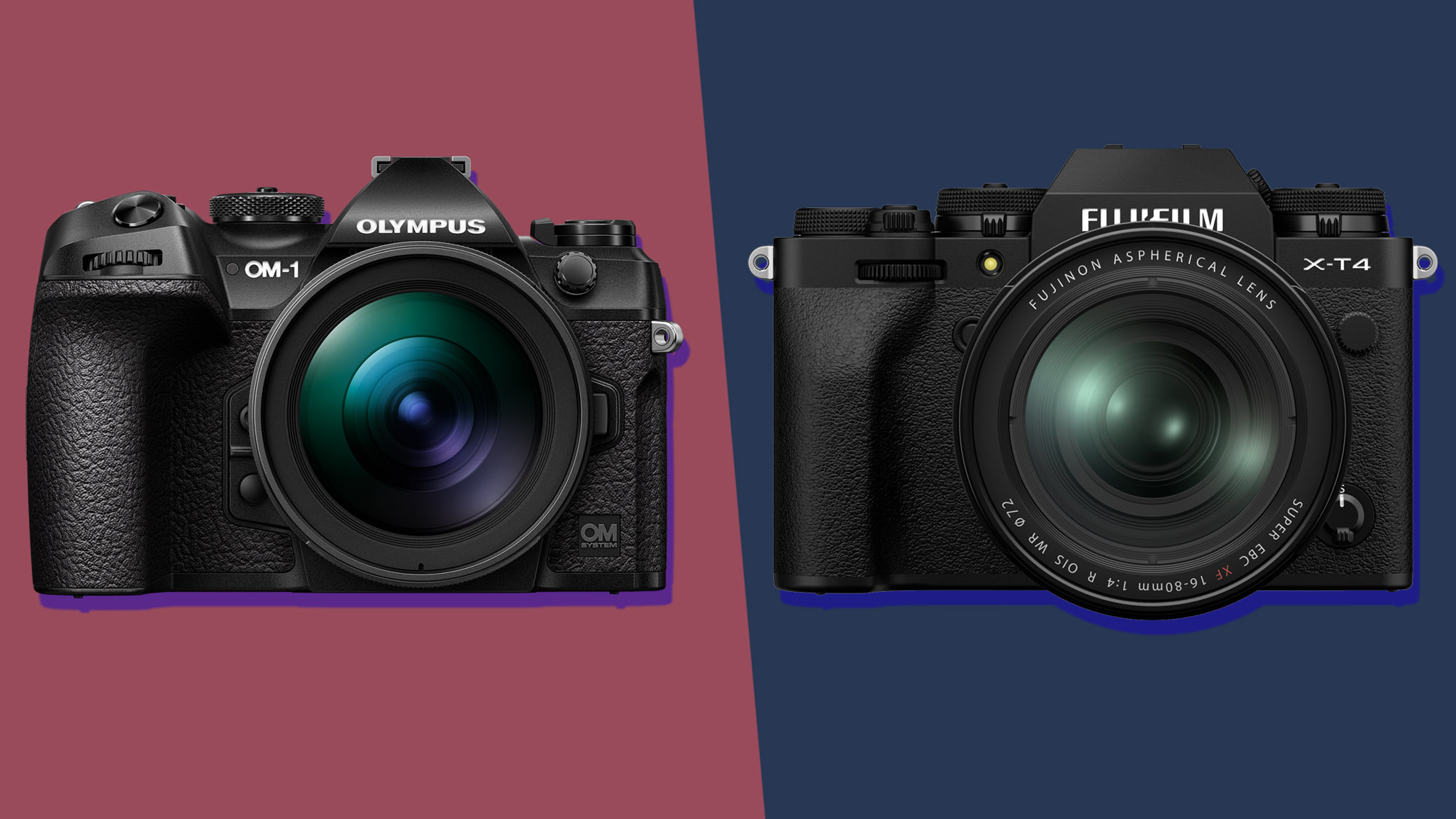
The OM System OM-1 was always shaping up to be one of the most exciting cameras of the year, and it appears to have mostly delivered on that hype. But is it a match for its most natural rival, the excellent Fujifilm X-T4? Both cameras are smaller and more affordable than their full-frame rivals – so we've compared their specs to see which one you should buy.
Both the OM System OM-1 and Fujifilm X-T4 are hybrid mirrorless cameras that are designed to shoot stills and video. But there are significant differences, too. The X-T4 is much older, having launched in February 2020, whereas the OM-1 landed on February 15, 2022. And while Fujifilm's camera has a larger APS-C sensor, its OM System rival brings the first 'stacked' Four Thirds chip.
The latter is the key to some performance upgrades that, OM System claims, will help the OM-1 bridge the gap in its sensor size to APS-C rivals (like the X-T4) and even full-frame cameras, whose sensors are four times larger.
While we'll have to do some in-depth testing with the OM-1 to see whether it can back up those claims, a specs-based comparison with the X-T4 is still a revealing way to tease out the main differences between these powerful mirrorless cameras. If you're looking for a hybrid all-rounder, both will likely make fine companions – but which is the best one for your needs?
Price
There's a fairly big price difference between these two cameras, partly due to their relative ages, which could sway you one way or the other.
The OM System 'Olympus' OM-1 will be available to buy in early March for $2,199 / £1,999 / AU$3,299 body-only. That's a fairly big jump up from its natural predecessor, the Olympus OM-D E-M1 Mark III, which launched for $1,799 / £1,599 / AU$3,099 back in 2020.
The Fujifilm X-T4, meanwhile, launched for $1,699 / £1,549 / AU$2,999 in 2020. But you can now find it for around 10% less than that, which makes it pretty good value in the mirrorless world.
Get daily insight, inspiration and deals in your inbox
Sign up for breaking news, reviews, opinion, top tech deals, and more.
The OM-1 does, though, come with a new 'stacked' sensor which adds to its cost, but brings some advantages in burst shooting and computational tricks, as we'll see.
Design, EVF and battery
Both the OM-1 and X-T4 are relatively small, weather-sealed mirrorless cameras with fully articulating touchscreens, but there are subtle differences between their designs.
The OM-1 is fractionally lighter, weighing 599g with a battery and memory card, compared to the X-T4's 607g. And while both cameras are roughly the same width and height, the OM-1 is deeper thanks to its chunkier grip. If you shoot a lot with longer lenses, the OM System may be more comfortable in the hand.
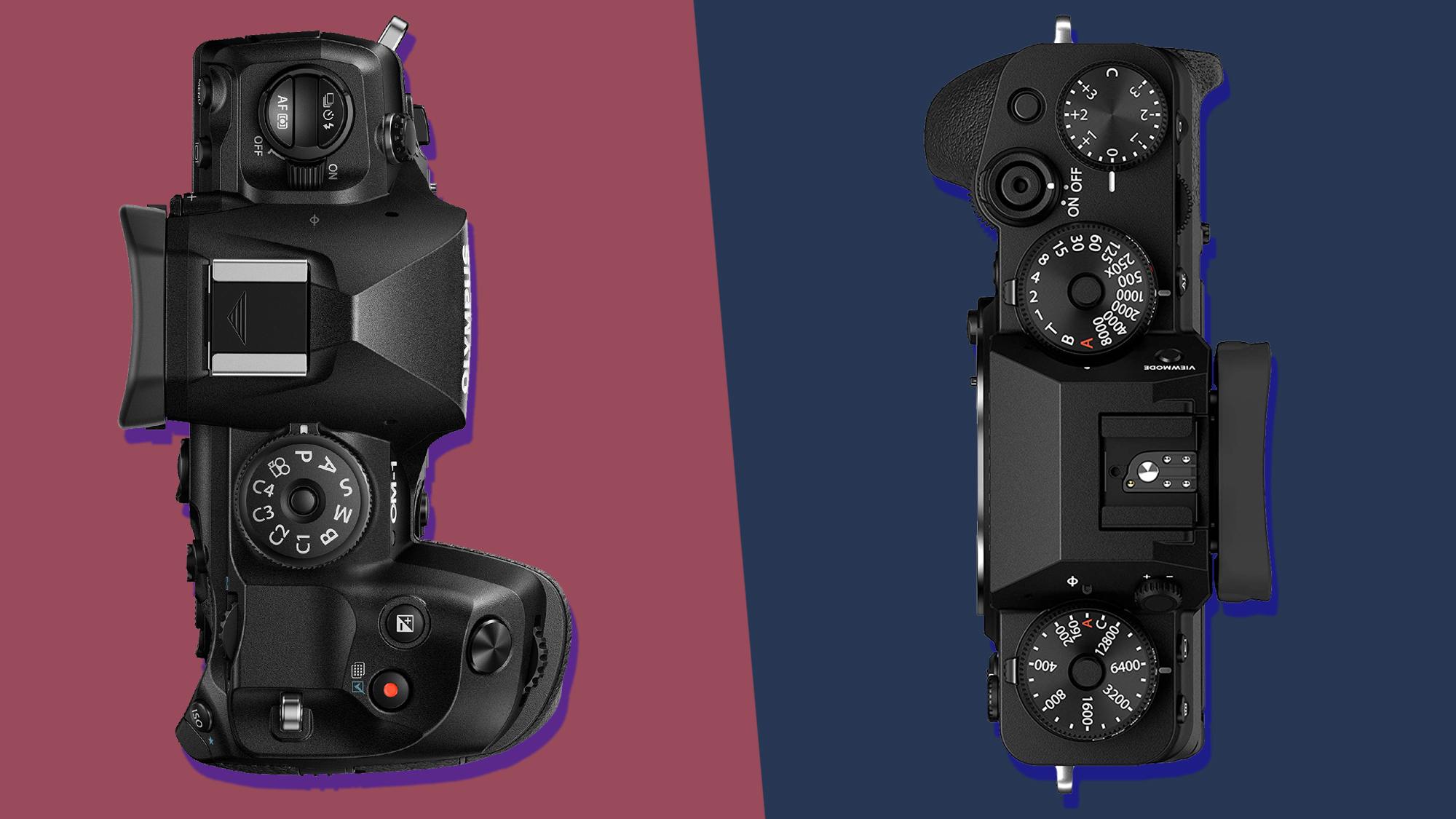
When it comes to the electronic viewfinder (EVF) and rear touchscreen, the OM-1 has the edge due it being the newer camera. OM System's camera has a 5.76-million dot EVF with 0.83x magnification, which is brighter and larger than the X-T4's 3.69-million dot 'finder with 0.75x magnification. Both cameras have a 3in, 1.62-million dot rear touchscreen.
| Row 0 - Cell 0 | OM System OM-1 | Fujifilm X-T4 |
| Size | 134.8mm x 91.6mm x 72.7mm | 134.6mm x 92.8mm x 63.8mm |
| Weight | 599g (inc. battery / SD card) | 607g (inc. battery / SD card) |
| EVF | 5.76m-dots, 0.83x | 3.69m-dots, 0.75x |
| Battery life (CIPA rating) | 510 shots | 500 shots |
The two cameras are both weather-sealed, making them ideal take-anywhere companions for shoots in the great outdoors. On paper, the OM-1 might have the slight edge thanks to its official IP53 rating, which is a first for a mirrorless camera. That rating, which means it's strongly resistant to water splashes, dust and extreme cold, only applies when you use the camera with the new 12-40mm f/2.8 II or 40-150mm f/4 lenses, though. With all other lenses, the rating drops to IPX1.
It's difficult to compare this weather-sealing with the X-T4, because Fujifilm doesn't provide any official rating for its camera. Like the OM-1, though, it can survive temperatures down to -10C, and has 63 weather-sealed points to keep it resistant to dust and moisture. In our experience, the X-T4 is able to survive all but the most extreme shooting situations, but the OM-1's new IP53-rated camera-and-lens combos could give it the slight edge in ruggedness.
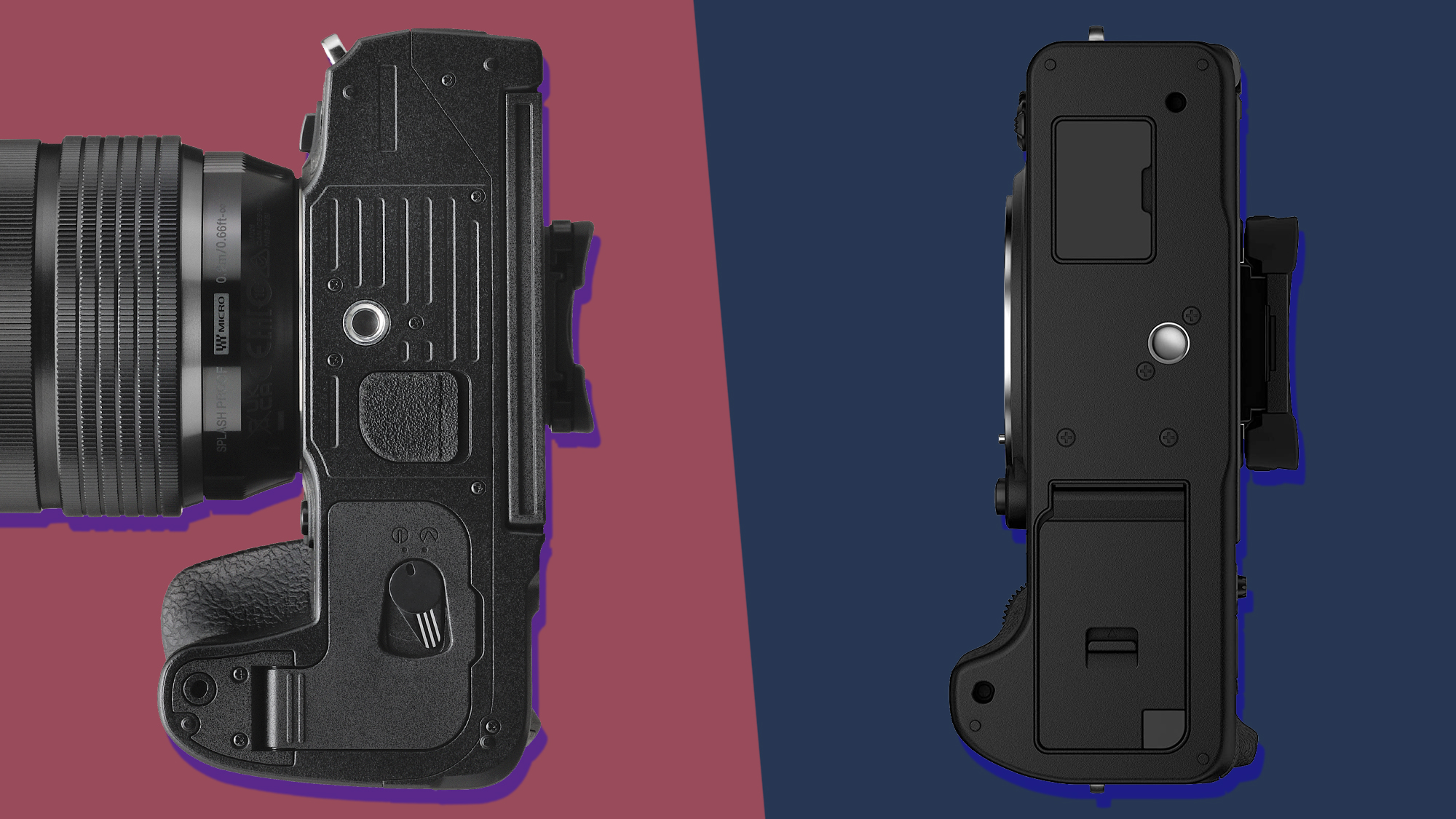
Lastly, both cameras have similar battery lives, according to their CIPA ratings; the OM-1 can keep going for 510 shots, with the X-T4 managing 500 shots in 'normal' mode (or 600 in 'Economy' mode). The two cameras also support USB charging from PD-compatible power banks, although the OM-1 can continue to operate while charging (something the X-T4 can't do). If you tend to go on long shoots, you can also buy battery grips for both cameras.
Overall, these two cameras have similar designs, with the OM-1 edging ahead on paper due to its newer EVF and strong weather-sealing. But they also offer different shooting experiences, with the X-T4's more dials-led approach better for those who prefer a retro, tactile shooting experience.
Features and autofocus
The Fujifilm X-T4 has a larger sensor than the OM-1, allowing it to preserve image quality in low light conditions, but that bigger sensor and its age mean that OM System's camera can offer more powerful burst shooting and computational tricks. This means that the OM-1 leans more towards software tricks like LiveND, while the X-T4's in-camera processing is more about adding film-era looks to your photos with its Film Simulations.
Both cameras have powerful in-body image stabilization (IBIS) systems that rival the latest full-frame cameras. The OM-1 promises seven stops of compensation from its camera body, or eight stops with compatible lenses. On paper, that's slightly better than the X-T4, which can achieve a maximum of six-and-a-half stops of stabilization with the 18 lenses that support this top limit. Fujifilm's other lenses vary from between five and six stops when used with the X-T4, which is still enough to let you shoot with slow-ish shutter speeds handheld or iron out micro-jitters in video.
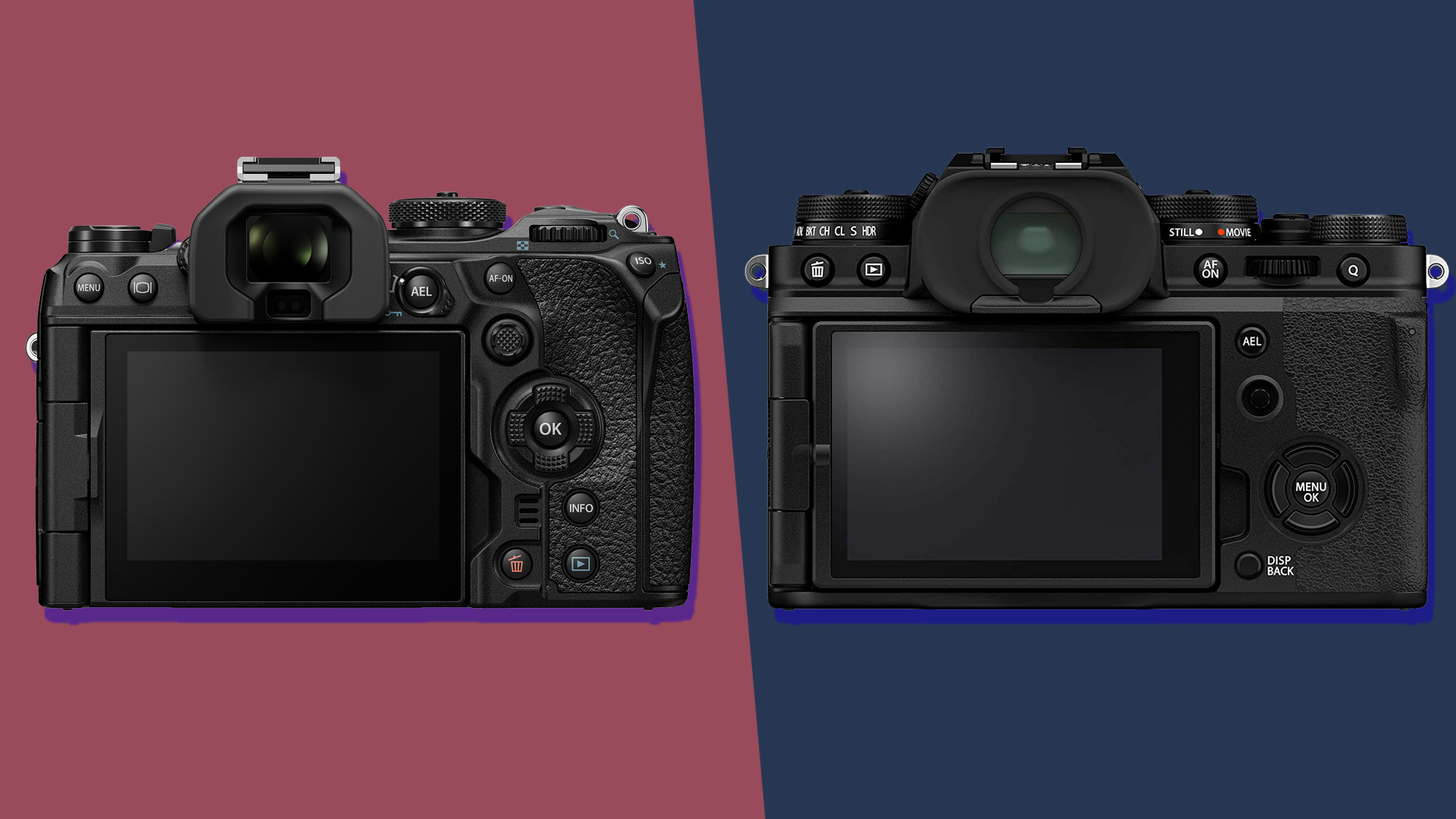
The OM-1 also has the edge when it comes to burst shooting speeds. When using its electronic shutter, it can shoot at a lightning-fast 50fps with full autofocus and autoexposure. The caveats here are that this is only possible with six of OM System's Pro lenses, and that the OM-1's buffer also fills up after 96 raw files in this mode (so less than two seconds of shooting). If you don't mind locking your autofocus on the first frame, it can even go to 120fps – something we've only seen previously on the Nikon Z9.
By comparison, the Fujifilm X-T4's continuous shooting is a little more modest, but still perfectly capable of keeping up with most moving subjects. Its fastest frame-rate of 30fps incurs a 1.25x crop, taking the sensor closer in size to the OM-1's Four Thirds chip, and the buffer can only swallow 33 raw files at these speeds. Even at the top 15fps speeds with its mechanical shutter, the X-T4's buffer will only hold for less than three seconds.
| Row 0 - Cell 0 | OM System OM-1 | Fujifilm X-T4 |
| IBIS | 8 stops (with compatible lenses) | 6.5 stops (with compatible lenses) |
| Burst shooting top speed (buffer) | 50fps (96 raws / 97 JPEGs) | 30fps (33 raws / 60 JPEGs) |
| Burst shooting (mechanical shutter) | 18fps | 15fps |
It's a little difficult to compare autofocus systems without side-by-side testing, but the OM System OM-1 has certainly taken a step up from the Olympus OM-D E-M1 Mark III it's based on. This is largely thanks to the Quad Pixel AF system that's possible on the OM-1's new Quad Bayer sensor, which gives it 1,053 cross-type autofocus points.
OM System says it's also improved the algorithms for face- and eye-detection on the OM-1, while the list of the subjects that it recognizes for tracking is longer than the X-T4's; you get animals, birds, cars, planes, helicopters and even trains. The X-T4, meanwhile, has 425 phase-detect focus points and generally locks onto and tracks moving subjects well, but lacks their subject-tracking powers of the OM-1.
The software-based features of both cameras also reflect their differing styles. The OM-1 boasts a lot of computational features that make it a good option for those who prefer not to carry extra accessories like tripods and ND filters. Its LiveND feature, for example, now digitally simulates ND filters going up to ND64 strength (that's six stops), which is ideally for blurring moving water. Other features including Live Composite (for handheld light painting and long exposures) and High-Res Shot mode (which composites several shots to give you a 50MP file) are also on board.
By contrast, the Fujifilm X-T4 is a much more traditional camera, offering fewer in-camera processing options, but satisfying film fans with its Film Simulation modes. These are based on the film stocks from its past and are a fun way to get characterful JPEGs straight out of camera.
Image and video quality
Judging the OM-1 and X-T4's respective image and video quality will need more real-world testing, but we can make broad comparisons based on their specs. In short, the X-T4 offers higher-resolution 26MP stills from a larger sensor, although it's a little more complicated than that.
The OM-1 brings the first 'stacked' Four Thirds sensor and OM System claims this boosts its photographic performance to levels of APS-C and even full-frame sensors. This sensor apparently delivers an extra stop of dynamic range, and a two-stop boost to noise performance, compared to the E-M1 Mark III.
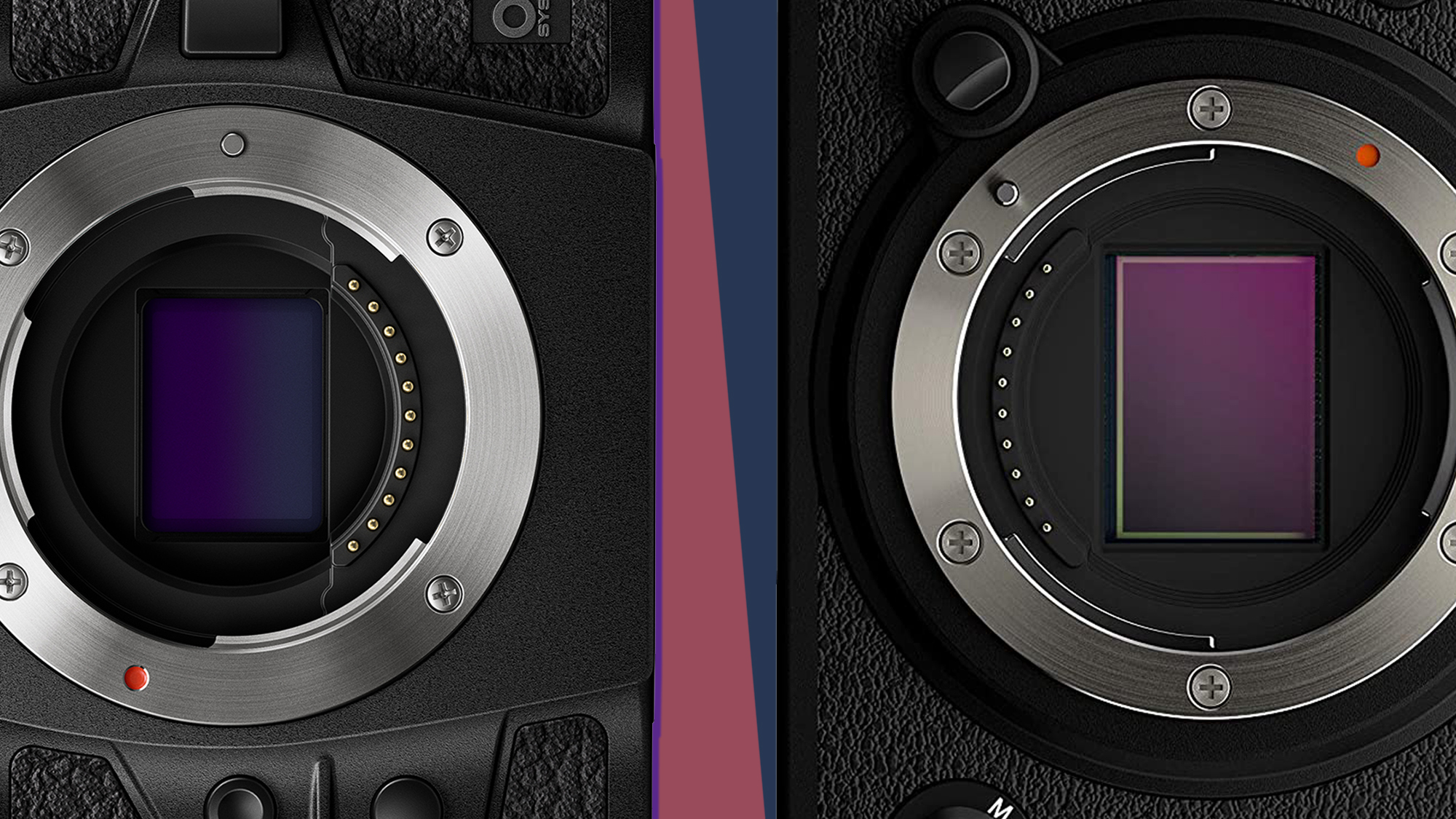
We're looking forward to finding out if these claims stack up in reality, but at the very least it means we should see improved ISO performance that gets close to APS-C cameras like the X-T4. This would be very welcome, because low-light performance was one of our biggest gripes with cameras like the E-M1 Mark III – on that model, we even found shots at ISO 3200 displayed a significant drop in quality.
The X-T4, meanwhile, is more of a known quantity – its 26.1MP X-Trans IV BSI has long been our favorite APS-C sensor, even if it's now nearing the end of its life. At its price point, you still won't find a camera that matches its low-light performance or resolved detail, though the rumored Fujifilm X-H2 is expected to take things up a notch with Fuji's first stacked sensor in May.
| Row 0 - Cell 0 | OM System OM-1 | Fujifilm X-T4 |
| Sensor | 20.4MP stacked BSI Four Thirds | 26.1MP X-Trans IV BSI APS-C |
| Native ISO | 200 - 25,600 | 160-12,800 |
| Max shutter speed | 1/32,000s | 1/32,000s |
| Video (max res/frame-rate) | 4K/60p | 4K/60p (1.5x crop) |
| Slo-mo video | 1080/240p | 1080/240p |
On paper, the OM-1 and X-T4 are similar beasts when it comes to video. The OM-1 can shoot uncropped 4K/60p video with 10-bit 4:2:2 color depth and autofocus, plus slow-motion footage at 1080/240p (with a small crop). The X-T4, meanwhile, can shoot 4K/60p video (with a crop) at 10-bit 4:2:0, or 4K/30p from the full width of its sensor.
While the X-T4 can shoot 4K/60p video in a higher bit-rate (at 400Mbps, compared to the OM-1's 202Mbps, the OM System camera fights back with the ability to output 12-biK 4k raw video over its HDMI port to external recorders like those from Atomos, albeit via its micro HDMI port.
Early thoughts
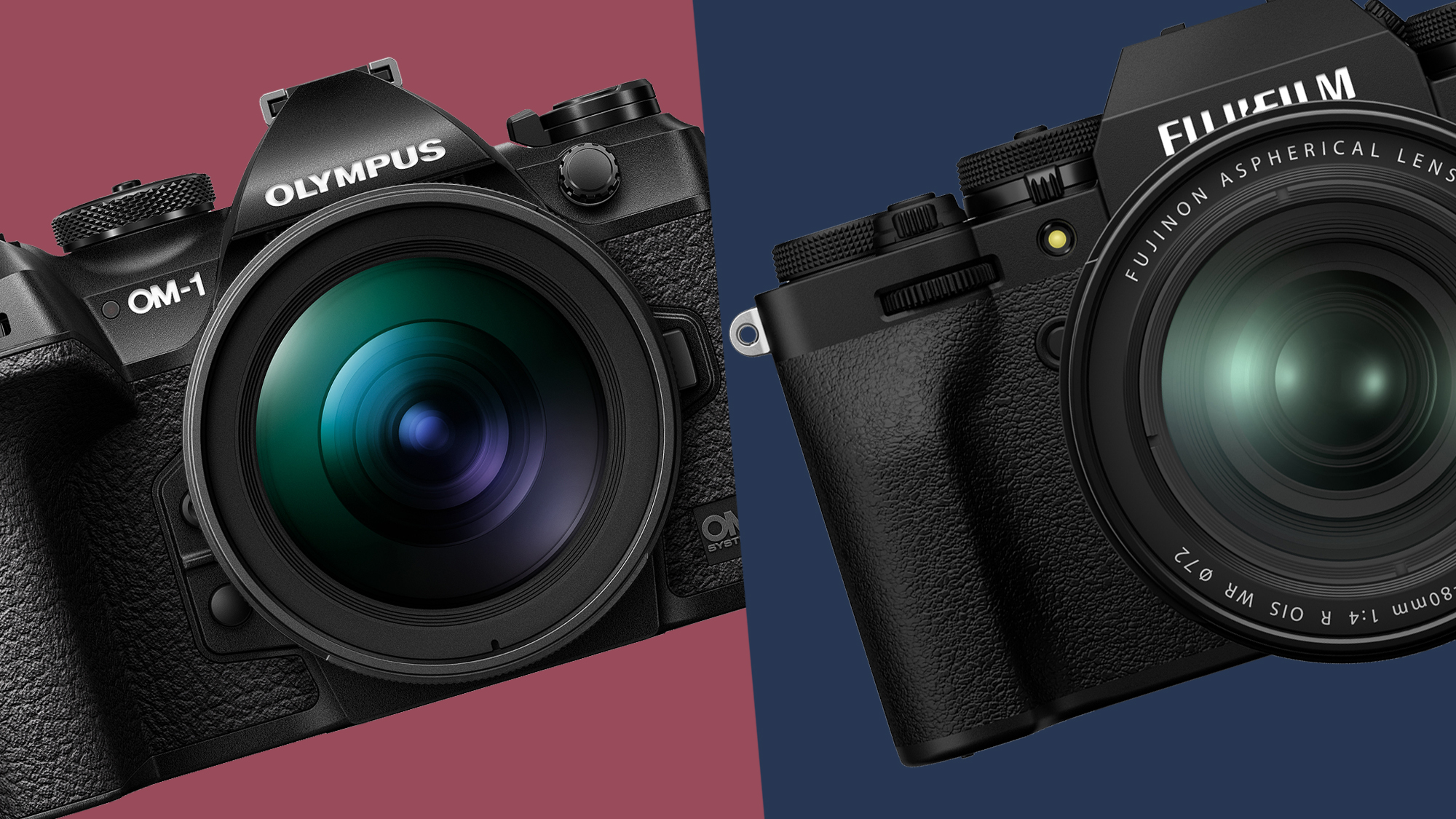
The price and age difference between the OM System OM-1 and Fujifilm X-T4 certainly play a part in their relative skill sets, but choosing between them is more about your preferred style of shooting.
On paper, the OM-1 is certainly shaping up to be a more powerful camera for sports and wildlife shooting, thanks to its speedy burst shooting and new autofocus skills. If you like the sound of its in-camera processing tricks, which sometimes negate the need to bring accessories like tripods and ND filters, then it could well be the better choice for you.
But at current prices, the X-T4 is about 30% cheaper than the OM-1 – and if you prefer its tactile shooting experience, retro looks, Film Simulations and powerful video skills, then it remains an excellent pick for those who don't want the cost and greater overall system size of full-frame cameras.
A lot will depend on the OM System OM-1's performance in our tests, though, so we'll be revisiting this head-to-head once we've spent more time with it in the field.
- Check out our guide to the world's best mirrorless cameras

Mark is TechRadar's Senior news editor. Having worked in tech journalism for a ludicrous 17 years, Mark is now attempting to break the world record for the number of camera bags hoarded by one person. He was previously Cameras Editor at both TechRadar and Trusted Reviews, Acting editor on Stuff.tv, as well as Features editor and Reviews editor on Stuff magazine. As a freelancer, he's contributed to titles including The Sunday Times, FourFourTwo and Arena. And in a former life, he also won The Daily Telegraph's Young Sportswriter of the Year. But that was before he discovered the strange joys of getting up at 4am for a photo shoot in London's Square Mile.